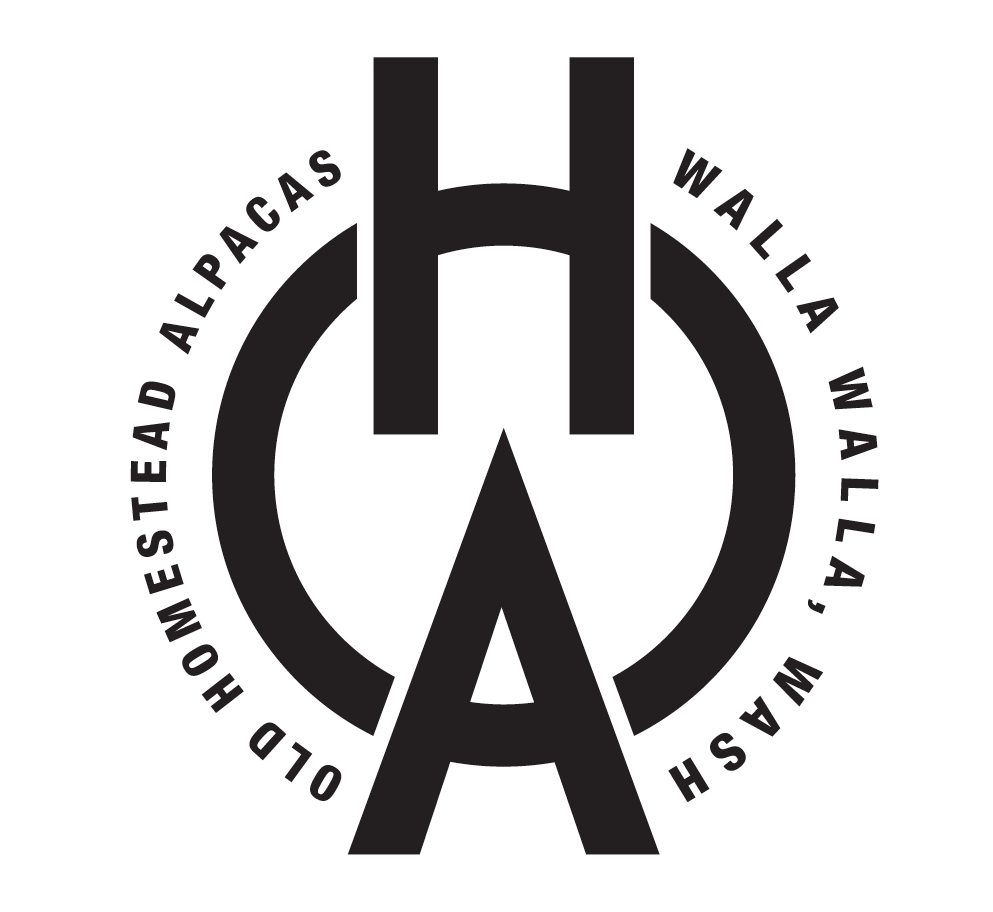2024 Tasting Notes
Every year, I put together my own ‘tasting notes’ for the Harvest Knitwear Collection. I know it’s not wine, but it’s grown very similarly — slow, deliberate, and in tune with nature.
Our alpaca hats, scarves and mittens, are more than just garments. They’re timeless wardrobe staples that are meant to be worn, season after season. They’re made exclusively from the alpaca fiber that has been grown and raised on our small Walla Walla family farm.
These notes help capture and define the unique, subtle elements of the growing year.
As the grower, it’s important to me to share with you all the magic and beauty that went into creating this Collection. Because I also know not everyone gets to experience farm life, or witness what it’s like to grow something, sharing the process has become a personal mission.
Similar to the concept of ‘terroir’ in wine, the quality of our fiber is influenced by environmental growing conditions, climate, and health & nutrition.
The 2024 Collection is a vintage in its own right, which begins at shearing. And with only one shearing (harvest) a year, that means our 2024 Collection began growing immediately following the spring 2023 harvest.
We time shearing for early spring so that the alpacas are cool during the hot summers we get here in Eastern Washington. This timing is also important to the farm business as it gets our fiber into the value-added processing queue in time to have something to offer the same year it is harvested, if possible.
With lush green grass from a perfectly cool and wet spring, this year’s fiber got off to a great start in April 2023.
By the time fall rolled in, they had several inches grown in. Dining on fresh free-choice grass all season really is the special sauce. It still amazes me that water, sunshine, and grass are really all it takes to make this incredibly soft, insulating fiber.
I spent a lot of time watching actually watching it grow each day as I topped their hay bunks. This ‘chore’ has become one of my most treasured daily habits.
Becoming a ‘human hay feeder’ gave me an up-close view at just how the fiber is growing, and to keep an eye on everyone’s condition. And with 4 cria (babies) going into their first winter, this was super important.
The winter was a cozy one. We did have some snow but we mostly had bitter cold days. Luckily we had an abundance of high quality hay grown by our neighbor to keep bellies full. And by peak winter, everyone had their winter coats on.
Just before shearing in mid March, I gave the dye garden a nice refresh. I topped each raised bed with heaps of alpaca manure, and planted seeds for this year’s color palette. Gotta say, this is probably my favorite color scheme of all time — the Walla Walla sunset.
The backbone of this year’s color comes from Madder Root (rubia tinctorium). As a Hoosier, I’ll always favor reds and crimsons, but this year even more. Madder takes a minimum of 4 years to grow sufficient pigment in its roots.
The reds and pinks you’ll see in this year’s Collection were courtesy of 2020 — yes, that year. I sowed it prior to the pandemic popping off in the US, but it weathered it all. And I must say, the colors are unmatched.
We used a new-to-us shearing crew and had harvest on May 15, 2024. We had just the perfect amount of help, including Intern Elena. Probably our smoothest shear to date. We went from fluffy animals to neked babies in under 5 minutes per alpaca!
Yield was just under 30 pounds for knitwear yarn, 9 pounds for hand knitting yarns, and about 12 pounds for dryer balls, sponges, and felt.
Harvest always feels like an indescribable win. It’s a long journey, and one I’m fortunate to be able to see through with a healthy body of my own.
But going from Farm to Garment is really an Ironman effort.
Growing it is the first leg — the long bike race filled with hills and spills.
Then comes the swim — where I rely on specialty manufacturers make it into something useable. It’s an open water swim where you put your faith in others and hope the timing works out. This is always the most challenging leg of the race for me. Stepping back and hoping isn’t my strong suit. And it’s two prong — first where the fiber is milled into yarn.
I always have a bit of a cry when I’m able to take this photo. The mill in Minnesota is a small business that does big work for us and I’m ever so grateful.
And then when the garments are knit up, I have another cry and a celebratory champagne.
The last leg of the Ironman is the foot race that is sales and marketing. I’m not a strong runner either, that was always a challenge for me in the Army.
Although sales technically comes at the end, I’ve tried hard this year to share the fiber growing story in real time so that you see it’s more than just a Collection of hats and scarves. It’s more than just me and the alpacas and the dye plants. It’s a collection of other small businesses and farmers that are able to create these beautiful, useful garments for your head, hands and neck.
And with that, I’m please to show you this year’s Collection!






















